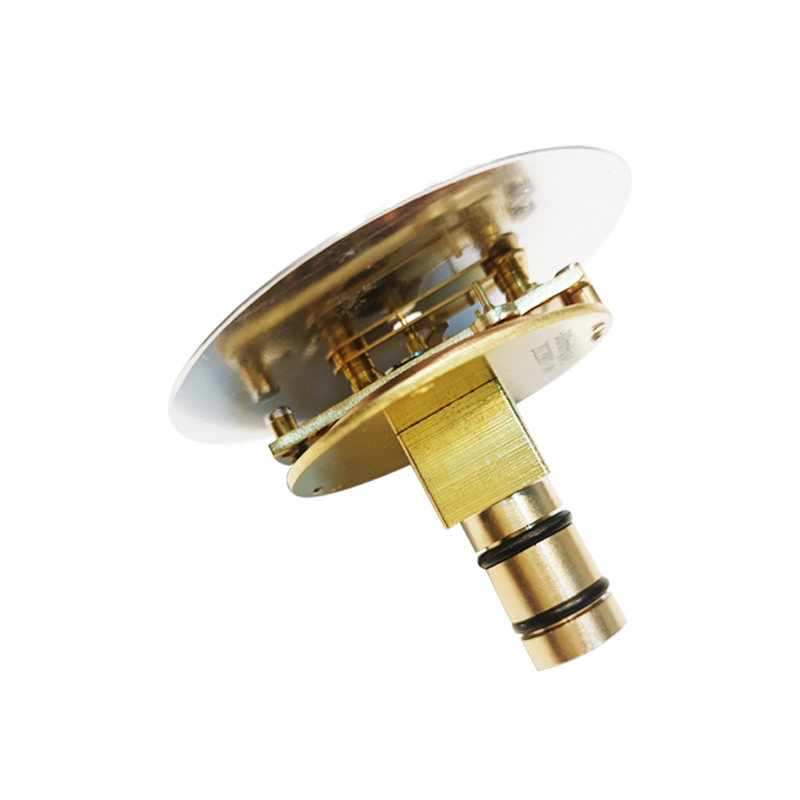
Dec . 03, 2024 14:10 Back to list
diaphragm and capsule pressure gauges
Understanding Diaphragm and Capsule Pressure Gauges
Pressure measurement is a critical aspect of various industries, from manufacturing to healthcare, where accurate monitoring of pressure conditions can directly influence both product quality and safety. Among the various types of pressure gauges available, diaphragm and capsule pressure gauges stand out for their unique mechanisms and applications. This article delves into their principles of operation, advantages, and specific uses, illuminating their importance in pressure measurement.
Principles of Operation
Diaphragm Gauges Diaphragm pressure gauges utilize a flexible diaphragm as the central sensing element. When pressure is applied to one side of the diaphragm, it deflects, causing a change in the position that translates into a readable measurement. The deflection is mechanically linked to a pointer on a dial calibrated in pressure units. This design is particularly suited for measuring variable pressures and can accommodate both positive and negative pressures, making it versatile for many applications.
Capsule Gauges In contrast, capsule pressure gauges are designed with two flexible membranes (or capsules) sealed together. When pressure is applied to the inside of the capsules, the resultant deformation causes the capsules to change shape, thereby allowing for the measurement of the internal pressure. Similar to diaphragm gauges, the movement is mechanically linked to a dial. Capsule gauges are highly sensitive, making them ideal for measuring low pressures, often found in laboratory settings or sensitive applications.
Advantages
1. Sensitivity and Accuracy Both diaphragm and capsule gauges are known for their accuracy, with capsule gauges being particularly effective for low-pressure measurements. Their design allows for precise readings, essential for applications like laboratory experiments where slight pressure variations can lead to significant impacts.
2. Versatility Diaphragm pressure gauges can handle a wide range of pressures and applications, including gases, liquids, and steam. This versatility makes them suitable for industries such as oil and gas, food processing, and pharmaceutical manufacturing.
diaphragm and capsule pressure gauges

3. Durability Both types of gauges are built to withstand harsh conditions. Diaphragm gauges are often constructed with robust materials that can resist corrosion, while capsule gauges benefit from the inherent strength of their design, providing longevity even in challenging environments.
4. Compact Design Capsule gauges are particularly valued for their compact design, making them ideal for applications with limited space. Their small footprint does not compromise performance, allowing for effective pressure measurement without requiring extensive installation space.
Applications
Diaphragm gauges are widely used in various industrial settings, such as pressure monitoring in pipelines, hydraulic systems, and boiler systems. Their robustness makes them suitable for high-pressure applications and environments exposed to vibrations or shocks.
Capsule gauges, on the other hand, are predominantly used in specialized applications. These include HVAC systems where measuring low pressures is critical, as well as in laboratories where precise measurements are paramount for experiments and research. Additionally, capsule gauges are common in medical devices that monitor gas pressures, ensuring safety and compliance in healthcare settings.
Conclusion
In summary, diaphragm and capsule pressure gauges are essential tools in the realm of pressure measurement, offering reliability, accuracy, and adaptability across various industries. With their unique mechanisms and strengths, they play a crucial role in ensuring operational efficiency and safety. Understanding their functions allows engineers and technicians to select the appropriate gauge for their specific applications, ultimately leading to better performance and risk management in pressure-sensitive environments.
-
High-Precision 5 Valve Manifold Differential Pressure Gauge Suppliers
NewsApr.29,2025
-
High-Precision Diaphragm Vacuum Pressure Gauges Manufacturers & Quotes
NewsApr.29,2025
-
Omega Differential Pressure Gauges High Accuracy & Durability
NewsApr.28,2025
-
Low Pressure Differential Pressure Gauges Precision Solutions & Quotes
NewsApr.28,2025
-
Digital Diaphragm Pressure Gaauge Precision Measurement & OEM Quotes
NewsApr.28,2025
-
Differential Pressure Gauge China Price High-Accuracy & Best Quotes
NewsApr.28,2025
